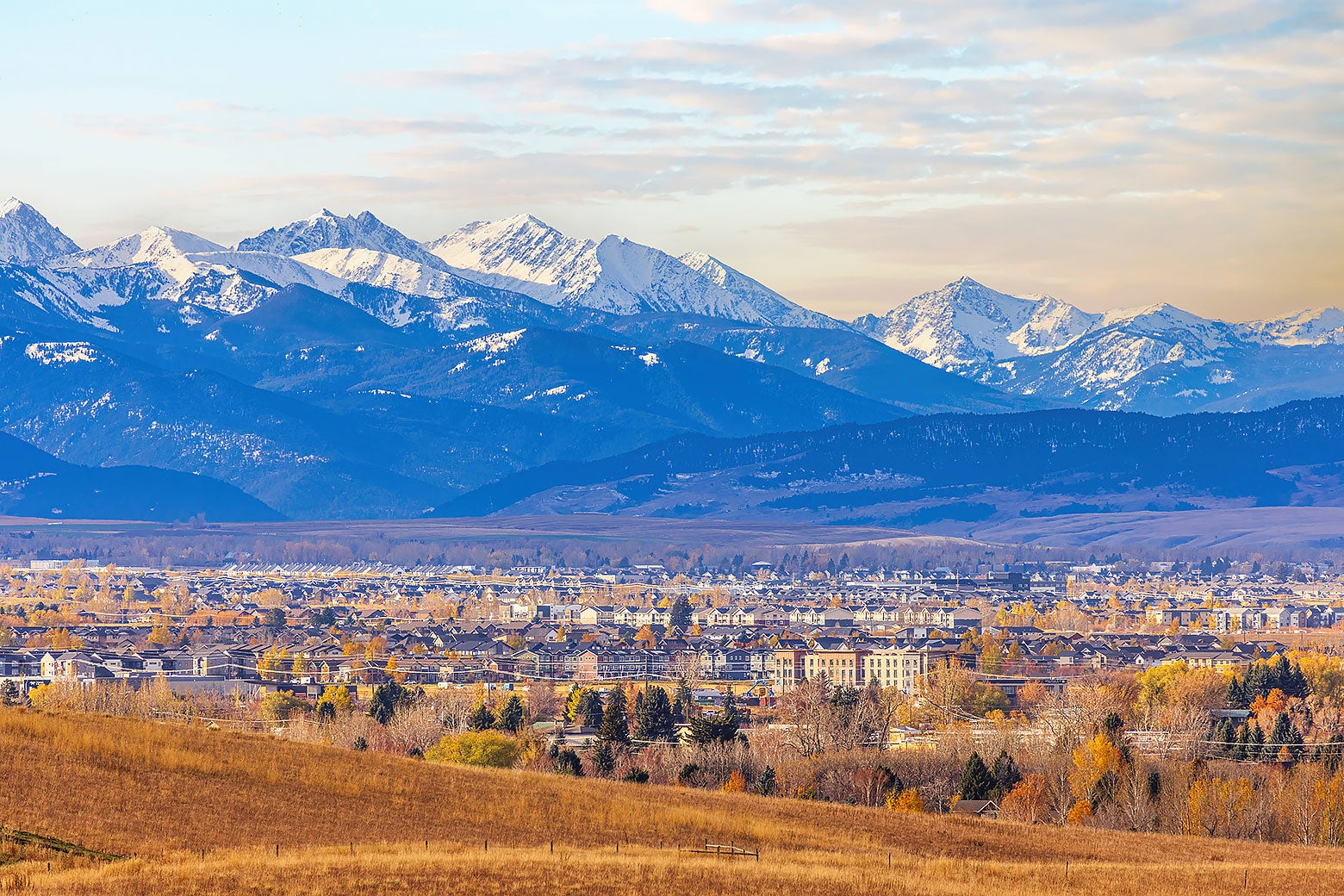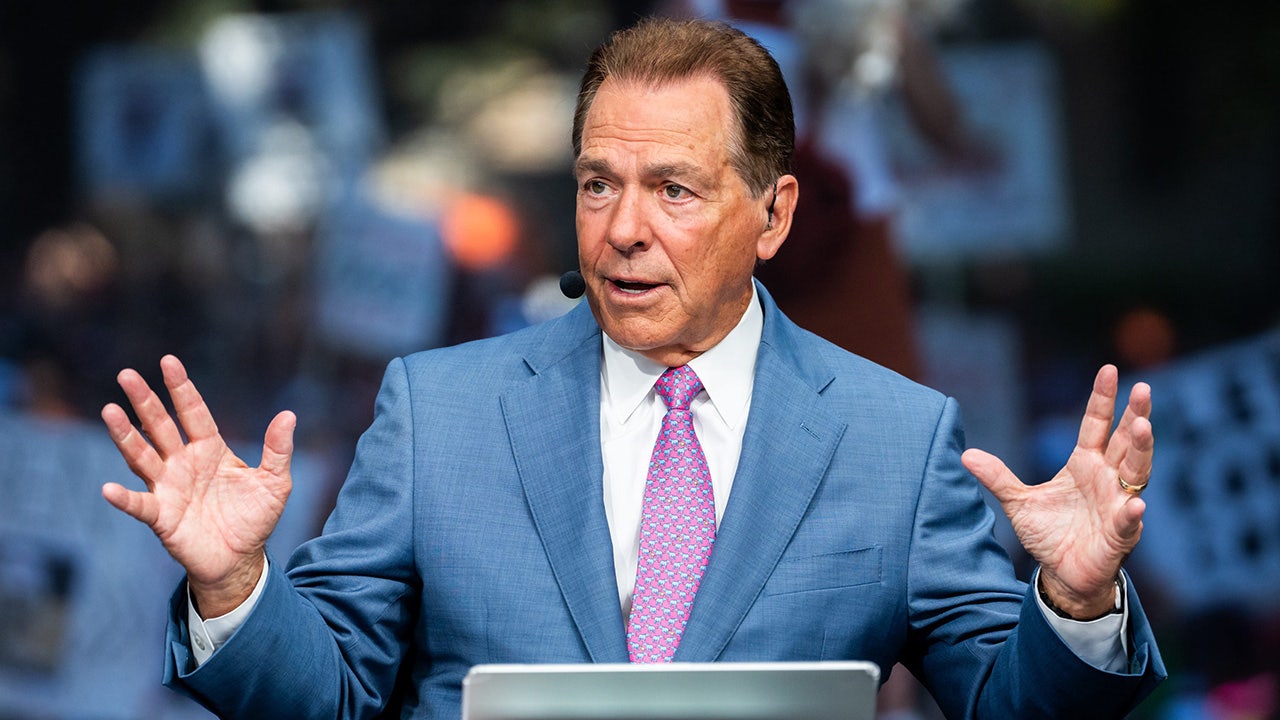Alaska
New study raises concerns as major icefield in Alaska melts at alarming rate

JUNEAU, Alaska (KTUU/Gray News) – A new study highlighted the shrinking Juneau Icefield in southeast Alaska as an example of how Earth’s glaciers are nearing an “irreversible” tipping point for melting.
“If there are processes in Alaska that are accelerating the melt, they may be relevant to other parts of the world as well,” said Bethan Davies, the paper’s lead author, about the global significance of studying Alaska’s glaciers.
The Juneau Icefield is home to dozens of large glaciers — including the popular Mendenhall Glacier in Juneau — and many more smaller ones. By 2100, many of these glaciers are at risk of disappearing. Experts say if the Earth continues to warm, nearly 70% of the world’s roughly 200,000 glaciers will dry up by the end of the century.
“When we look at the last 10 years worth of glacier change over all of Alaska, we are seeing a real uptick [in melting] that’s faster than in some other parts of the world,” said Davies, who is also the glaciologist and senior lecturer in Physical Geography at Newcastle University. “And it’s very interesting to ask why that’s happening and why these glaciers are not only accelerating but also how they might behave in the future.”
The study, published this month in the journal Nature Communications, showed from the years 1770 to 1979, ice volume loss remained fairly consistent, at roughly 1 kilometer cubed per year.
From 1979 to 2010, there was slightly more melting, but the loss at 3.1 kilometers cubed per year remained fairly consistent.
However, from 2010 through 2020, the Juneau Icefield’s melting rate doubled to almost 6 kilometers cubed per year. That’s the equivalent of 2.4 million Olympic-size swimming pools melting off of the icefield each year.

That icefield thinning led to the formation of Suicide Basin, which saw its first glacial lake outburst in 2011.
“This can only happen because that whole glacier system, as was pointed out in the study, is thinning,” Alaska climate specialist Rick Thoman said. “It’s thinning a lot and it’s thinning rapidly.”
This water release will happen every year, with some years seeing the potential for historic flooding. But as the glacier keeps thinning, Suicide Basin will reach a point where a glacial lake outburst will no longer form.
However, Thoman says newer basins can form.
“It’s entirely possible given the complex nature of the Juneau Icefield, we might see a new glacier dammed lake form in some other part of the system,” Thoman said. “But as last year showed, when there’s a lot of water in these glacier-dammed lakes, and when they release all the water, we get the devastation that we saw last August.”
All of that melting eventually gets dumped into the ocean. According to Davies, glacier melt accounts for about a quarter of the total sea level rise. The remainder comes from the Antarctic ice, Greenland ice sheet and thermal expansion of the ocean.
“A part of the world that’s contributing the most to sea level rise is Alaska,” Davies said. “The Alaskan glaciers are really important in the global context because there’s a large volume of ice.”
She said this study isn’t relevant to just Alaska, because the same processes occurring here in Alaska may be relevant to other parts of the world.
“What’s happening is that the temperature is gradually increasing,” Davies said. “But as that happens, there’s a series of processes that are accelerating melt or amplifying melt.”
One of those processes is the snow line, which continues to dwindle during the summer months.
Davies said the end of summer snow line is actually reaching the top of the low slope, plateau area. This is historically lower than in previous decades when snow was covering the plateau all year round.
Another challenge is that as more of the plateau is exposed, it’s darkening the mountain as more rocks are exposed from the melting ice.
“When we remove the snow, we are reflecting less of the sun’s energy back into space,” Davies said. “Because snow is very bright and white and reflective. So what we’re doing when we raise that end of summer snow line is we expose much more of the glacier to that darker color so it can absorb more of the sun’s energy.”
Thoman said with the summer snow line dwindling, the atmosphere’s snow level rises with atmospheric rivers aiding in transporting warmer air.
“To hold as much water in the air as those atmospheric rivers bring, the air has to be warm,” Thoman said. “If it was colder it wouldn’t be able to hold as much moisture.”
Thoman said it’s both the high precipitation events and warm airmass that are helping to drive snow levels very high into the atmosphere, which can and do occur all winter long, some years.
Climatologically speaking, Juneau temperatures have warmed a few degrees over the last several decades. And while that may not seem like much, when temperatures are hovering around freezing, that can still have large impacts.
“We’re right around that freezing level,” Thoman said. “So an increase of 31 to 33 [degrees], say, as an average temperature is much more significant when you’re talking about snow and ice than say an increase of 40 to 43.”
Davies doesn’t think the Earth’s ice has passed the point of irreversible change but does argue that such a threshold could occur by the end of this century.
And if the feedback loop of melting continues, the icefield will eventually reach a point where it will be difficult to recover from.
Copyright 2024 KTUU via Gray Local Media, Inc. All rights reserved.

Alaska
Hydroponics provide year-round growing for Alaska farmers

On a recent December afternoon, Soldotna farmer Taylor Lewis preps for a day of harvesting crops. She walks to a tray filled with ripe lettuce and snips a head of it by the stem.
It’s just one of about 900 plants that Taylor and her mother-in-law Jayme Lewis will harvest and process this week – despite freezing temperatures and slushy snow outside. That’s because the duo works for Edgy Veggie, an indoor farm that grows produce year round.
“In the summer, a lot of our business drops off because folks are gardening at home. But in the winter, they’re not, because it costs money to heat your greenhouse,” Jayme said. “It costs a lot of money to heat your greenhouse.”
The company is a hydroponic farm, meaning they grow plants without soil. Hydroponic systems recycle and reuse nutrient-filled water, which minimizes waste. Specially made lighting and climate controlled conditions make it possible for Edgy Veggie to grow indoors during the winter months.
Around Thanksgiving, the company harvested 150 pounds of lettuce, enough to make about 800 salads. That took two days and was one of their biggest hauls of the year. Although not a typical harvest for the company, Jayme says she does see an uptick in business during the winter when Alaska’s produce is almost exclusively shipped up from the Lower 48.
“If you go to the grocery store and pick up a head of lettuce right now, by the time you get it home it will be wilted,” Jayme said. “That’s sad. Literally, that’s sad.”
Jayme says some local restaurants have sourced their vegetables from Edgy Veggie because they last longer and are fresher than grocery store produce.
Nestled between two train cars-turned-restaurants on the other side of town, Henry Krull walks inside his shipping container farm. He points to a wall that’s growing hundreds of bunches of butter lettuce.
Krull is the owner of fresh365, another Kenai Peninsula based hydroponic farm. Just like Edgy Veggie, the farm operates entirely indoors.
“The advantage of growing indoors, in a container like we have, is that we can control the environment,” Krull said. “We can grow no matter what’s going on outside. It can be 30 below outside, but it’s always 70 degrees or so inside.”
fresh365 also sees an uptick in direct-to-consumer sales in the winter. Otherwise, most of their sales go to other businesses, like local restaurants.

And while indoor farming means fresh, local produce year-round for Alaskans, it faces a number of challenges. Krull says growing in a hydroponic setting is much more expensive than traditional farming methods. So, to offset his farm’s energy costs, he installed solar panels, which were partially funded by the U.S. Department of Agriculture’s Rural Energy for America Program, or REAP.
But, Krull says the property doesn’t get much sunlight in the winter.
“The sun is a very valuable commodity, it’s valuable for not only producing electricity, but it helps to lower the energy costs,” he said. “And the energy costs of the farm containers we have is actually very, very high, because we can’t take advantage of the sun.”
Edgy Veggie, on the other hand, doesn’t even have solar panels. Jayme says their energy costs are high year round.
“Electricity, especially, is outrageous,” she said. “I wish that the state had some sort of option with the electric companies to help support farming. We’re providing a service to the community, honestly. We’re trying to, but it might run us out of business.”
Other challenges to hydroponics include faulty pumps and timers, ventilation issues and water leaks. Like traditional farming, hydroponic farmers say it’s backbreaking work.

But, for farmers like Taylor Lewis, offering fresh and local produce year round is a labor of love.
“Being able to supply our community with anything fresh is great,” Taylor said. “What we have as options in the grocery store – it’s not cutting it.”
“These belong in every community,” Krull said. “We’ve been able to prove that as a business model, it works. You can make a profit doing it, you can provide a good service to your community, and I think we can really do good for our community by providing something that is not readily available on a year-round basis.”
According to the U.S Department of Agriculture, only 5% of food Alaskans consume is grown locally. The state also has very short growing seasons.
Alaska
Nature: Northern Lights above Alaska

Watch CBS News
Be the first to know
Get browser notifications for breaking news, live events, and exclusive reporting.
Alaska
Riding the rails with Santa on the Alaska Railroad Holiday Train
ANCHORAGE, Alaska (KTUU) – It’s not the Polar Express, exactly, but families rode a train with Santa and his elves for a festive family event.
The Holiday Train is one of several event-oriented train rides hosted by Alaska Railroads. The train made three holiday runs in the month of December, this Saturday was it’s last. Tickets to ride were completely sold out for both the afternoon and evening ride.
Passengers sang carols and shared snacks on the two and a half hour ride, but one special passenger aboard the train was a real Christmas celebrity. Santa Claus accompanied riders on their trip as they enjoyed entertainment by a magician, and left the train with holiday-themed balloon animals.
The train pulled into the Anchorage depot after it’s tour, each end of the locomotive decorated in holiday lights.
The Johnsons, a family of four who just disembarked from the train, said 2024 was their second year on the holiday train. Addie, 9, said there was a lot of entertainment and she hopes to eventually come again. Her younger brother Liam said he got to meet Santa while riding, and would like a toy truck for Christmas.
See a spelling or grammar error? Report it to web@ktuu.com
Copyright 2024 KTUU. All rights reserved.
-

 Politics1 week ago
Politics1 week agoCanadian premier threatens to cut off energy imports to US if Trump imposes tariff on country
-
/cdn.vox-cdn.com/uploads/chorus_asset/file/25789444/1258459915.jpg)
/cdn.vox-cdn.com/uploads/chorus_asset/file/25789444/1258459915.jpg) Technology1 week ago
Technology1 week agoOpenAI cofounder Ilya Sutskever says the way AI is built is about to change
-

 Politics1 week ago
Politics1 week agoU.S. Supreme Court will decide if oil industry may sue to block California's zero-emissions goal
-
/cdn.vox-cdn.com/uploads/chorus_asset/file/25546252/STK169_Mark_Zuckerburg_CVIRGINIA_D.jpg)
/cdn.vox-cdn.com/uploads/chorus_asset/file/25546252/STK169_Mark_Zuckerburg_CVIRGINIA_D.jpg) Technology1 week ago
Technology1 week agoMeta asks the US government to block OpenAI’s switch to a for-profit
-

 Business1 week ago
Business1 week agoFreddie Freeman's World Series walk-off grand slam baseball sells at auction for $1.56 million
-
/cdn.vox-cdn.com/uploads/chorus_asset/file/23951353/STK043_VRG_Illo_N_Barclay_3_Meta.jpg)
/cdn.vox-cdn.com/uploads/chorus_asset/file/23951353/STK043_VRG_Illo_N_Barclay_3_Meta.jpg) Technology1 week ago
Technology1 week agoMeta’s Instagram boss: who posted something matters more in the AI age
-
News1 week ago
East’s wintry mix could make travel dicey. And yes, that was a tornado in Calif.
-
/cdn.vox-cdn.com/uploads/chorus_asset/file/24924653/236780_Google_AntiTrust_Trial_Custom_Art_CVirginia__0003_1.png)
/cdn.vox-cdn.com/uploads/chorus_asset/file/24924653/236780_Google_AntiTrust_Trial_Custom_Art_CVirginia__0003_1.png) Technology2 days ago
Technology2 days agoGoogle’s counteroffer to the government trying to break it up is unbundling Android apps



















